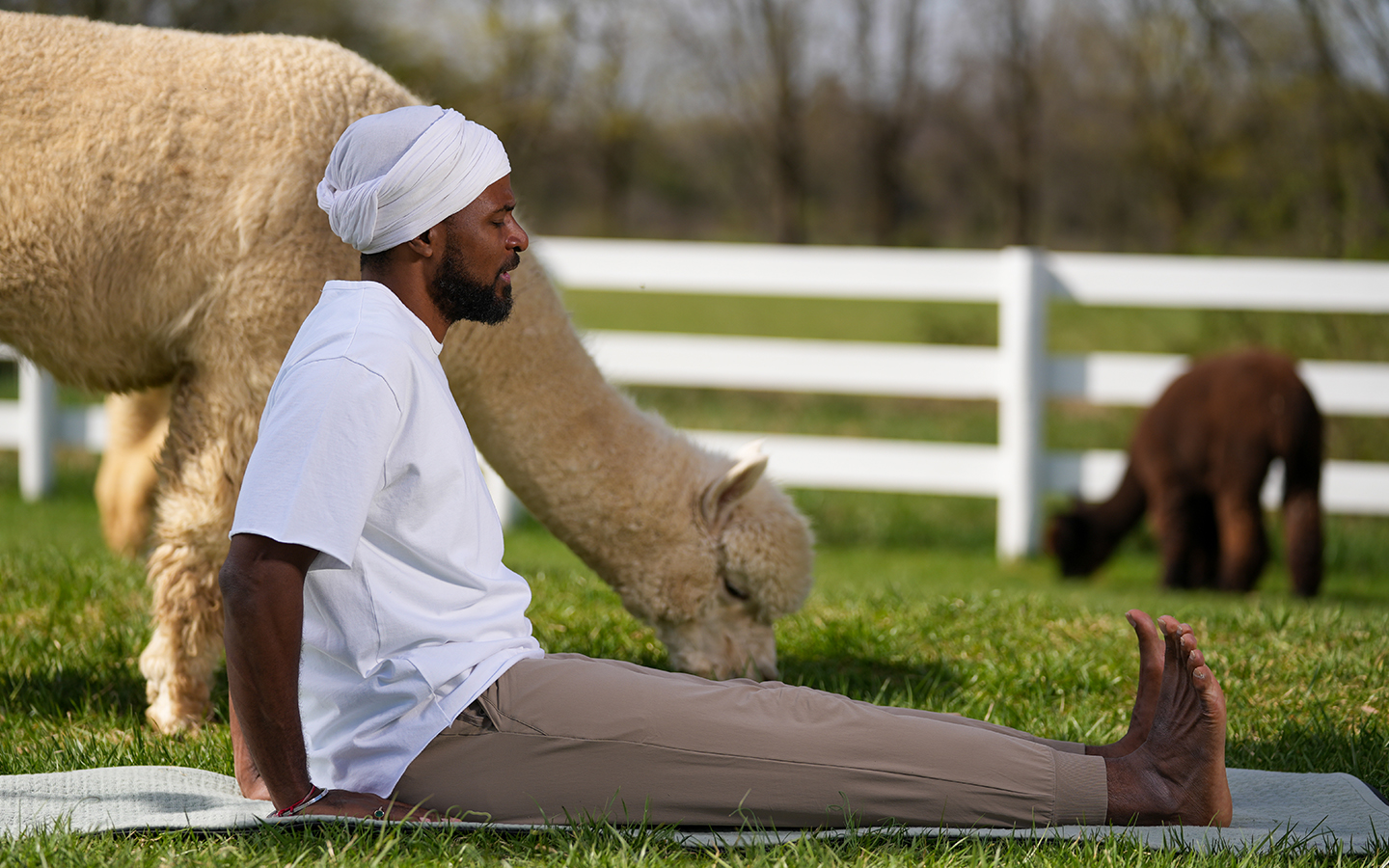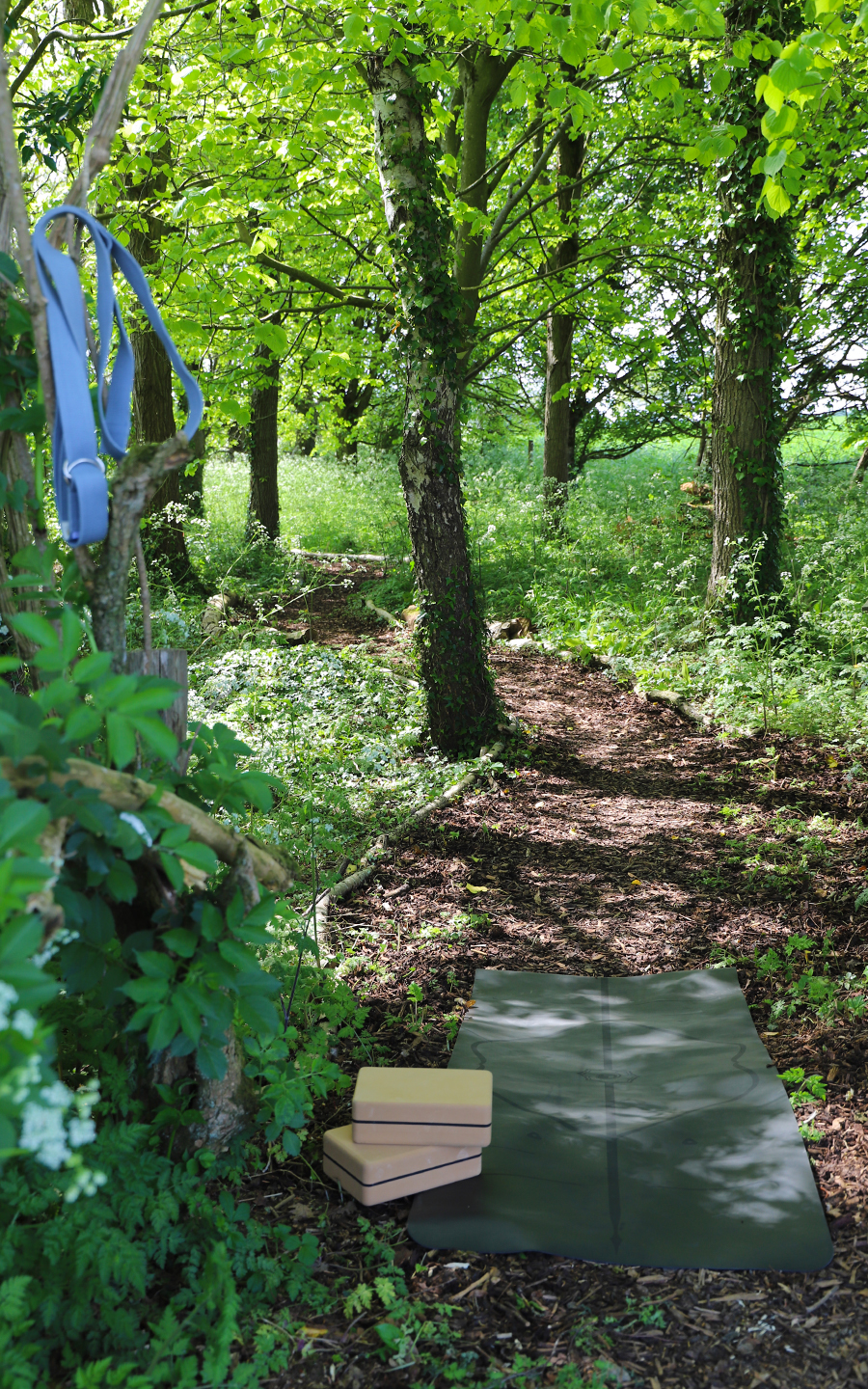
The Research: FOOT STRENGTH & INJURY PREVENTION


The foot’s complex structure and its versatility in movement are crucial for athletic performance, especially in stability, lateral movements, running, and jumping. Neglecting the biomechanics and muscles of the foot, is often associated with other common injuries to the ankles, knees, and feet.
There has been a significant amount of research focused on the biomechanics of the foot, the role of essential foot muscles, and strategies for preventing injuries and improving strength training.

The foot, with its remarkable complexity, must possess flexibility to effectively store and release energy with each step. The foot’s arch and the plantar fascia function as an elastic mechanism, storing energy upon impact and releasing it during takeoff. Moreover, the foot’s structures, including the arch, absorb impact forces upon landing, shielding against injury and conserving energy typically used to manage these forces. Its adaptable shape enables efficient transmission of forces between the body and the ground, optimizing momentum and reducing energy loss during movement transitions. Additionally, the foot’s flexibility allows it to adapt to various terrains, promoting stability and forward motion with minimal additional energy expenditure, thus enhancing overall movement efficiency.
The intrinsic foot muscles stabilize the foot and activate during running, aiding in propulsion and supporting the medial longitudinal arch. This support ensures flexibility, stability, and shock absorption, crucial for efficient energy transfer during movement. Additionally, when these muscles engage during the later part of running, they help stiffen the foot and propel it forward, enhancing overall movement with the foot’s flexible structure.
Improving foot strength and flexibility is crucial for athletes to enhance performance and prevent injuries. Various exercises have been proven to strengthen foot muscles, offering benefits for both performance and injury prevention. Incorporating these exercises and treatments into athletic routines can significantly boost foot strength, stability, and overall performance while lowering the risk of injuries. All research points to the importance of the athletic community focusing more on foot strength and mechanics, highlighting the crucial role of the foot in athletic performance and resilience.
J Am Podiatr Med Assoc. 2018 Nov;108(6):478-486. doi: 10.7547/17-026. Epub 2018 Apr 23.
Few studies have documented the outcome of conservative treatment of hallux valgus deformities on pain and muscle strength. We sought to determine the effects of foot mobilization and exercise, combined with a toe separator, on symptomatic moderate hallux valgus in female patients.
Patients who were treated with 3 months of foot mobilization and exercise combined with a toe separator experienced greater improvement in pain, AOFAS scores, ankle range of motion, hallux plantarflexion and abduction strength, toe grip strength, and radiographic angular measurements than those who did not receive an intervention 3 months and 1 year postintervention ( P < .001 for all comparisons).
These results support the use of a multifaceted conservative intervention to treat moderate hallux valgus, although more research is needed to study which aspects of the intervention were most effective.
The authors declare no conflict of interest.
As a variably occurring sesamoid, the hallucal interphalangeal sesamoid can significantly alter the biomechanics of the great toe. With modifications to the way the great toe functions, there are pathologies that inevitably arise. These pathologies can be quite serious and debilitating. While clinicians may take a conservative approach to treatment and focus on alleviating the symptoms, the physically active patient who desires to return to competitive participation may benefit most by having the source of the pathology removed altogether. The following is a report of an athlete who returned to competition six weeks after surgical excision of the anomalous hallucal interphalangeal sesamoid.
Journal of athletic training [J Athl Train] 1992; Vol. 27 (1), pp. 70-5.
Plantar fasciitis is the most frequent hind foot problem that affects runners. It occurs when repetitive stress is placed on the heel from a chronic or acute condition. Athletes with biomechanical imbalances are most susceptible to this condition. They exhibit pain in the morning upon weight bearing and, frequently, in the acute stage, have discoloration of the injured area. Management includes preventive and therapeutic exercise, physical therapy, strengthening routines, taping, and the use of orthotics and non-steroidal anti-inflammatory drugs (NSAIDs). Although injections and NSAIDs bring relief, their effects are often only temporary. This condition is best treated with therapeutic exercises and orthotics in order to correct the athlete’s biomechanical faults. This article presents principles and techniques that can be used to effectively prevent and treat plantar fasciitis.
Sports medicine (Auckland, N.Z.) [Sports Med] 1990 Nov; Vol. 10 (5), pp. 338-45.
Plantar fasciitis is a common overuse injury found in runners. The plantar fascia, which is responsible for maintaining the integrity of the longitudinal arch, becomes irritated, inflamed or torn by repetitive stresses placed upon it. Commonly cited predisposers of plantar fasciitis are excessive pronation, a flat or cavus foot, tight Achilles tendon, type of training shoes worn, and errors in the training routine. Once the plantar fascia becomes irritated a myriad of conservative measures may be used, including everything from rest, ice and elevation to steroid injections and, if all else fails, surgery. In most cases conservative treatment of one kind or another will alleviate the symptoms of plantar fasciitis. However, it is essential to determine and correct the cause of the problem in order for the runner to resume normal activity levels. Controlling anatomical/biomechanical inefficiencies of the feet, stretching and strengthening exercises for the lower extremity, proper training shoes, and reasonable training routines will alleviate the symptoms of plantar fasciitis in a large percentage of sufferers. To prevent this injury, runners should be aware of the potential overuse injury and take precautionary measures, e.g. seek a biomechanical/anatomical evaluation from a qualified practitioner. The practitioner can then offer suggestions as to the specific steps the runner should follow to prevent the injury condition.
Background: Plantar fasciitis (PF) is a common overuse injury experienced by runners. PF may decrease the ability of the plantar fascia to create tension and reduce stability of the foot. Stability of the foot is necessary for whole-body dynamic stability during running which consists of cyclical periods of single leg stance. Given that a major risk factor for running-related injury is previous injury, evaluating dynamic stability in runners with PF, runners with resolved PF, and healthy runners may elucidate differences between these individuals and clarify risk for secondary injury in these groups.
Is dynamic stability reduced in runners with PF and runners with resolved PF compared to healthy runners?
TtC values were shorter in PF compared to the other groups to all boundaries during mid-stance. TtC was significantly greater in PF compared to RPF to the anterior boundary during late stance.
Shorter TtC observed in PF compared to the other groups during midstance may indicate reduced dynamic stability during the most stable portion of running which may lead to increased injury risk.
The foot is a complex system with multiple degrees of freedom that play an essential role in running or sprinting. The intrinsic foot muscles (IFM) are the main local stabilizers of the foot and are part of the active and neural subsystems that constitute the foot core. These muscles lengthen eccentrically during the stance phase of running before shortening at the propulsion phase, as the arch recoils in parallel to the plantar fascia. They play a key role in supporting the medial longitudinal arch, providing flexibility, stability and shock absorption to the foot, whilst partially controlling pronation. Much of the foot rigidity in late stance has been attributed to the windlass mechanism – the dorsiflexion of the toes building tension up in the plantar aponeurosis and stiffening the foot. In addition, recent studies have shown that the IFM provide a necessary active contribution in late stance, in order to develop sufficient impedance in the metatarsal-phalangeal joints. This in turn facilitates the propulsive forces at push-off. These factors support the critical role of the foot in providing rigidity and an efficient lever at push-off. During running or sprinting, athletes need to generate and maintain the highest (linear) running velocity during a single effort in a sprinting lane. Acceleration and sprinting performance requires forces to be transmitted efficiently to the ground. It may be of particular interest to strengthen foot muscles to maintain and improve an optimal capacity to generate and absorb these forces. The current evidence supports multiple exercises to achieve higher strength in the foot, such as the “short foot exercise,” doming, toes curl, towing exercises or the more dynamic hopping exercises, or even barefoot running. Their real impact on foot muscle strength remains unclear and data related to its assessment remains scarce, despite a recognized need for this, especially before and after a strengthening intervention. It would be optimal to be able to assess it. In this article, we aim to provide the track and field community with an updated review on the current modalities available for foot strength assessment and training. We present recommendations for the incorporation of foot muscles training for performance and injury prevention in track and field.
Reflexology board ☆☆☆☆☆ 5/5 Pamper Those Pressure Points Think of it as a map to foot nirvana. Initially, each step on this Reflexology Board might…
Massage Sandals ☆☆☆☆☆ 5/5 Strut & Soothe When I first slipped these sandals on, I wasn’t quite prepared for the pampering my feet would receive.…
Foot Massage Roller ☆☆☆☆☆ 5/5 Roll Into Relaxation There’s nothing quite like the instant relief this foot massage roller brings. Compact and easy to tote,…

